Iran Update, July 26, 2024
Jul 26, 2024 - ISW Press
A new Iranian-backed Iraqi militia claimed two rocket attacks targeting US forces in Iraq and Syria on July 25.

A new Iranian-backed Iraqi militia claimed two rocket attacks targeting US forces in Iraq and Syria on July 25.
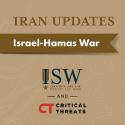
US, Israeli, and Arab officials are reportedly considering former Fatah leader Mohammad Dahlan as an interim leader of Palestinian security forces in the post-war Gaza Strip. Dahlan is a former Fatah official who was a close advisor to former Palestinian Authority (PA) leader Yasser Arafat. The Wall Street Journal reported on July 25 that under the plan, Dahlan would oversee an interim security force of 2,500 Palestinians in the Gaza Strip after Israeli troops withdraw, citing Arab officials. The United States, Israel, and Egypt would vet the Palestinian personnel, who would work in coordination with unspecified international forces and even private Western security firms.
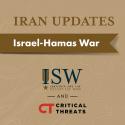
Israeli Prime Minister Benjamin Netanyahu addressed a joint meeting of the US Congress on July 24. Netanyahu described his vision for “a demilitarized and deradicalized” post-war Gaza Strip but did not offer details about how to achieve this vision.
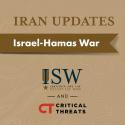
Hamas, Fatah and other unspecified Palestinian political factions agreed on a vision for post-war governance of the Gaza Strip on July 23 during “intra-Palestinian reconciliation” talks in Beijing. The factions signed a joint declaration setting out their intention to form “a temporary national unity government” responsible for governing the Gaza Strip and the West Bank. The agreement stipulates that a government partly influenced by Hamas would rule the Gaza Strip and West Bank until elections could be held at an unspecified future date. The declaration reportedly does not address what party maintains security control over the Gaza Strip, and Hamas has been adamant it will keep its military wing. Hamas, Fatah, and China have not disclosed the full text of the declaration at the time of this writing.
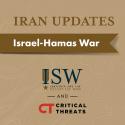
The modified Houthi drone that struck Tel Aviv flew at least 2,600 kilometers, demonstrating how Iran and its partners have expanded the geographic range of their weapon systems to target the eastern Mediterranean and other areas. The modified Sammad-3 drone traveled east-to-west from Yemen, crossing into Eritrea before turning north and flying through Sudan and Egypt and then turning east to target Tel Aviv from the west.
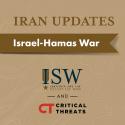
The IDF reported that its airstrikes targeting Hudaydah, Yemen, on July 20 sought to disrupt the Iranian weapons supply route to the Houthis and damage dual-use infrastructure.
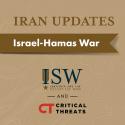
The IDF conducted an airstrike targeting several Houthi military targets in al Hudaydah, Yemen, on July 20 in retaliation for the July 18 Houthi drone attack targeting Tel Aviv. The IDF stated that it conducted the strike “in response to the hundreds of [Houthi] attacks carried out against the state of Israel in recent months.” A senior Israeli official told Axios that “the attack by the Houthis on Tel Aviv crossed all the red lines and that is why we responded to it after nine months of restraint.” The IDF airstrike marks the first time Israel has directly struck Yemen since the Israel-Hamas war began.
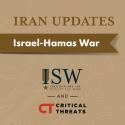
The Houthis launched a one-way attack drone into Tel Aviv for the first time on July 18, killing one individual and injuring at least another 10.
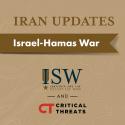
Iranian-backed Iraqi militias appear to have resumed their attack campaign targeting US forces in Iraq.
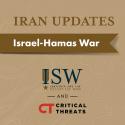
Iranian President-elect Masoud Pezeshkian is articulating a foreign policy that is a continuation of the policies of his hardline predecessor even as Pezeshkian attempts to present himself to the West as a "reformist.” Pezeshkian penned an op-ed entitled "My Message to the World” in English-language, Foreign Ministry-affiliated outlet the Tehran Times on July 12. Pezeshkian framed himself as a reformist and reiterated that he ran his presidential campaign “on a platform of reform.” Pezeshkian contradicted his initial statement by reaffirming his commitment to many of the policies of his hardline predecessor, most notably signaling support for continuing former President Ebrahim Raisi’s “neighborhood” policy.